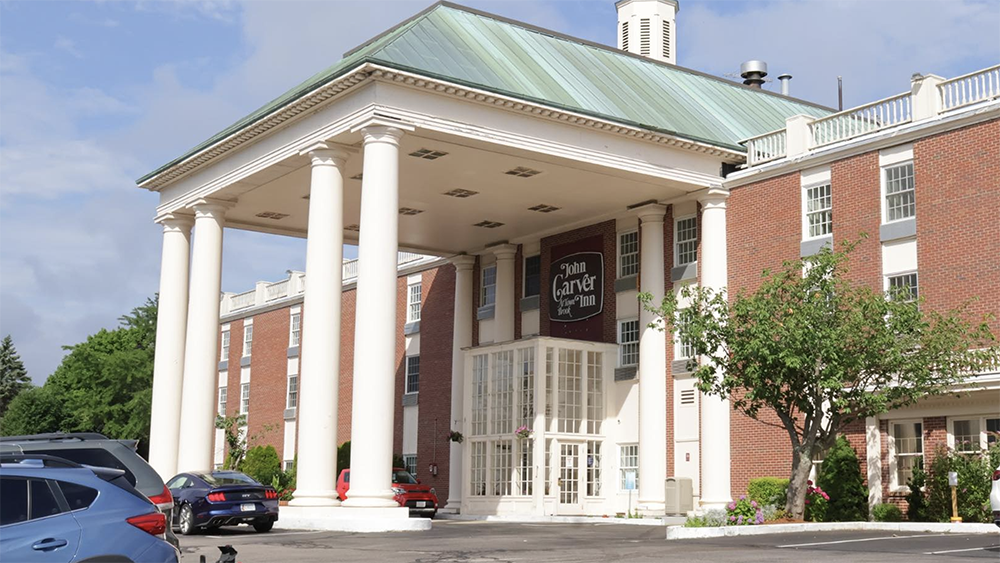Know-Before-You-Owe mortgage regulations - effective Oct. 3 - by Janet Aronson
In 2010, Congress enacted the Dodd-Frank Wall Street Reform & Consumer Protection Act, establishing the Consumer Financial Protection Bureau (CFPB) – a federal agency dedicated to protecting consumer interests in the market for financial products and services. The Dodd Frank Act required the CFPB to issue federal regulations protecting consumers from abusive financial products and services. The CFPB’s Know-Before-You-Owe rule protects consumers who are financing the purchase of a home or refinancing an existing mortgage loan by: • Improving consumer understanding of the mortgage lending process; • Helping consumers shop for the best mortgage by making loan comparisons easy to understand; and • Preventing surprises at the closing table through early disclosure of fees.
The Know-Before-You-Owe rule is the most substantive change in the mortgage lending and closing process in decades. Lenders and title companies must, by law, comply with the rule’s new requirements or risk significant fines for noncompliance.
Key Changes to the Mortgage Shopping and Closing Processes
• The loan documents have changed: The Good Faith Estimate and Truth-in-Lending Act disclosure have become the Loan Estimate. The final Truth-in-Lending Act disclosure and the HUD-1 Uniform Settlement Statement have become the Closing Disclosure.
• Lenders must provide assessment and other association charges, as available, to the consumer via the Loan Estimate. Examples of association charges reported on the Loan Estimate include:
-Dollar amount of regular assessments;
-Dollar amount of special assessments;
-Dollar amount of transfer fees; and
-Miscellaneous move-in/transition fees charged at closing.
• Lenders must comply with strict timelines when delivering the Loan Estimate and Closing Disclosure to consumers: Lenders must provide consumers a written Loan Estimate within four (4) days of a consumer’s request and consumers must be provided a Closing Disclosure three (3) days prior to closing. Failure to comply with these timelines can lead to substantial fines being imposed on the lender by the CFPB.
Where will Lenders Obtain Relevant Information about the Community Association?
• Best Information Standard: As CFPB developed the Know-Before-You-Owe disclosures, CAI advocated for flexibility in disclosing community association assessments on the Loan Estimate. CAI argued it would be inefficient and burdensome for associations to provide assessment information on the same property to multiple lenders as consumers shopped for the best mortgage loan.
Responding to CAI’s concerns, CFPB will allow lenders to use a “best-information-available” standard for association information when preparing a Loan Estimate. A mortgage lender may obtain association information from: • The MLS listing; • The seller; • The resale disclosure certificate/estoppel; • Real estate agent; • Title company; • Community website; • Community association or its managing agent; and • Other sources.
The CFPB does not allow the use of the “best-information-available” standard for preparation of the Closing Disclosure. Lenders and title companies must verify all association charges and ensure all information on the Closing Disclosure is accurate.
Community Associations and Community Managers - Part of the Solution The Know-Before-You-Owe rule is a new way of doing business for lenders and settlement agencies. Community associations and community managers can be part of the solution and ease the transition for homeowners by ensuring information transmitted to mortgage lenders and settlement agents are accurate and timely and by:
• Providing a copy of the community association fee schedule with all (condominium and homeowner association) completed uniform mortgage questionnaires;
• Providing a copy of the community association fee schedule with all resale disclosure documents/estoppels;
• Providing a copy of the community association fee schedule with all Demand or Pay-off letters to settlement agencies/attorneys; and
• Posting the community’s fee schedule on the community association web site.
Janet Aronson, Esq. is the 2015 CAI-NE chapter president, Wellesley, Mass.
Mount Vernon Co. acquires John Carver Inn & Spa in Plymouth, MA

Selecting the right façade installation firm - by Steven Powell

IREM President’s Message: Fostering community connections during the holiday season


.png)






.png)

